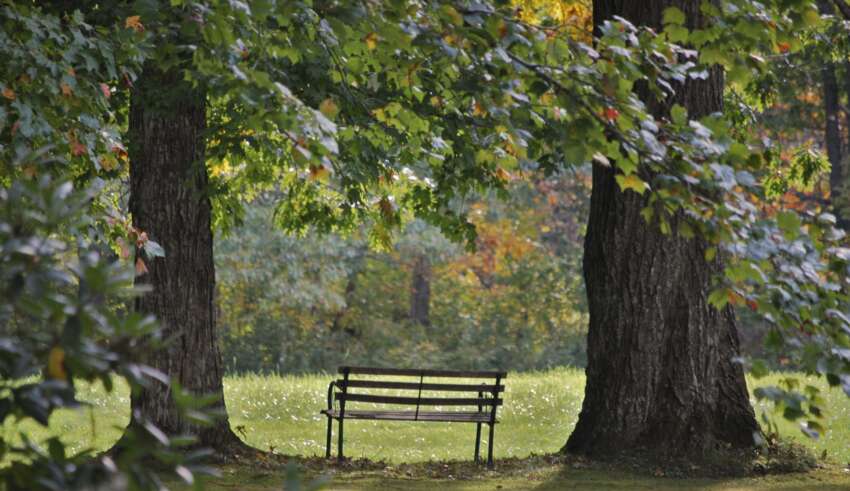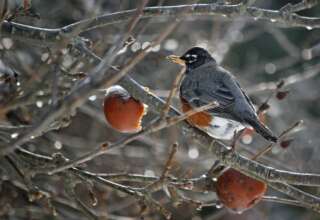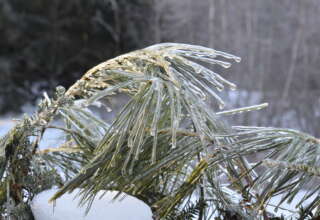
“The ultimate touchstone of friendship is not improvement neither of the other nor of the self. The ultimate touchstone is witness, the privilege of having been seen by someone and the equal privilege of being granted the sight of the essence of another, to have walked with them and to have believed in them, and sometimes to have just accompanied them for however brief a span on a journey impossible to accomplish alone.” David Whyte, From Consolations
Human being are social animals (Aronson, xxx) who operate with socially-oriented brains (Denworh, 2020, pp.120-122). Their survival for many centuries as slow and weak inhabitants of the African Savannah was dependent on their collaboration. In her essay on loneliness, Lynn Darling (2020) has summed it up this way: “Our earliest ancestors were sociable creatures—they had to be. Those on the own were vulnerable to attack, easy pickings for hungry predator.“ The newborn infants were the most vulnerable. Protection of these fragile newborn children required a sharing of childrearing responsibilities. Yet another factor has been identified which pushed humans on the Savannah to collaborate: food was best gathered by a group of people rather than by individuals. Large animals were killed and butchered by tribes not a family. Foraging was best done by well-organized, communicating and educating teams rather than by an individual wandering around randomly and ignorantly in search of nutrients.
To seal the deal and truly identify human beings as uniquely social animals we need only point to the large amount of oxytocin in our hormonal system (complemented by endorphins, dopamine and serotonin). Alongside a few highly gregarious rodents and primates (such as the widely studied prairie voles and African baboons), we are saturated with this bonding and nurturing neurochemical. We are geared toward “tend and befriend”—as well as the much better known “fight, flight and freeze”. Our aggressive self doesn’t play second fiddle to our tending self—in fact these fundamental instincts often intermix, especially when we, as human beings, are threatened: “Don’t mess with my kid!”
In not playing second fiddle and holding its own, the instinct to tend and befriend comes with its own rewards—and not just the reward of surviving for another day. As Lydia Denworth notes, human beings form social bonds that are inherently gratifying. She writes of “. . . the good feeling that friendship generates in humans.” (Denworth, 2020, p. 132) I would take this identification of friendship benefits a step further. Friendships help us gain a clearer sense of self and the diverse ways in which we generate and manifest ourselves.








